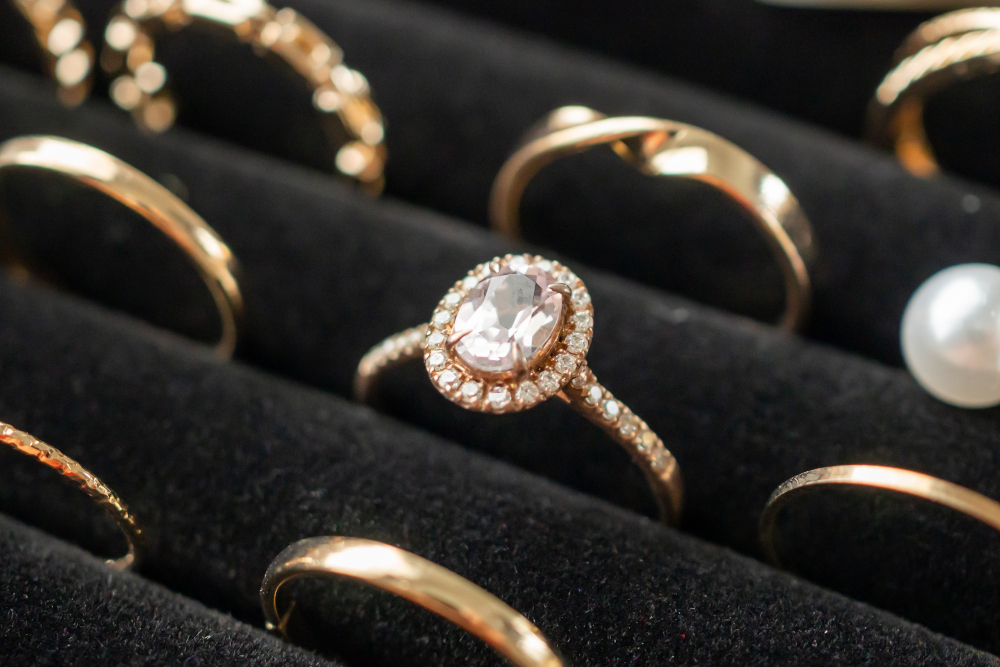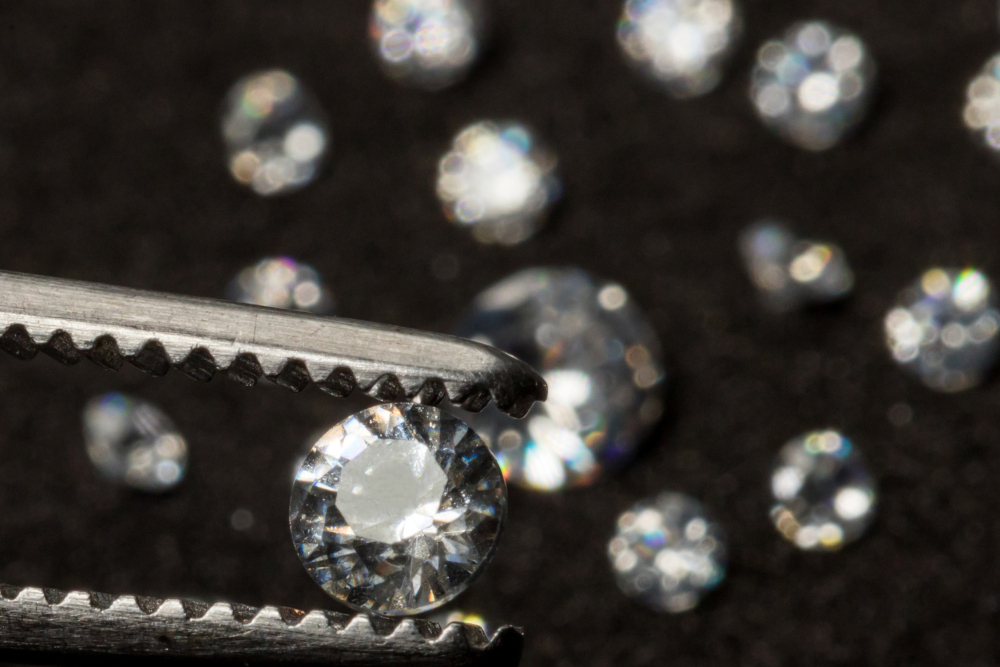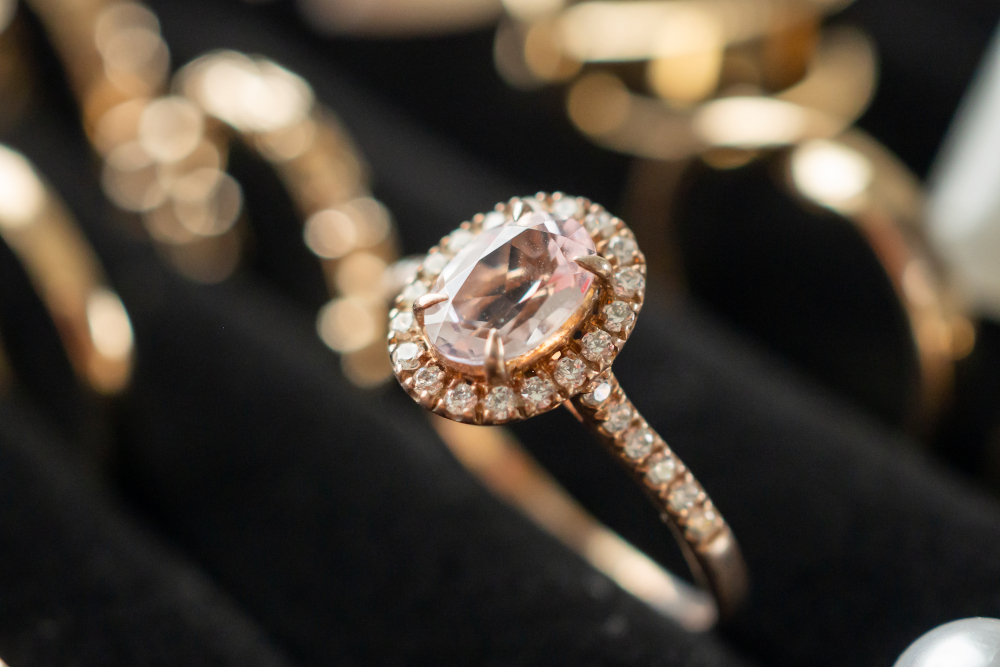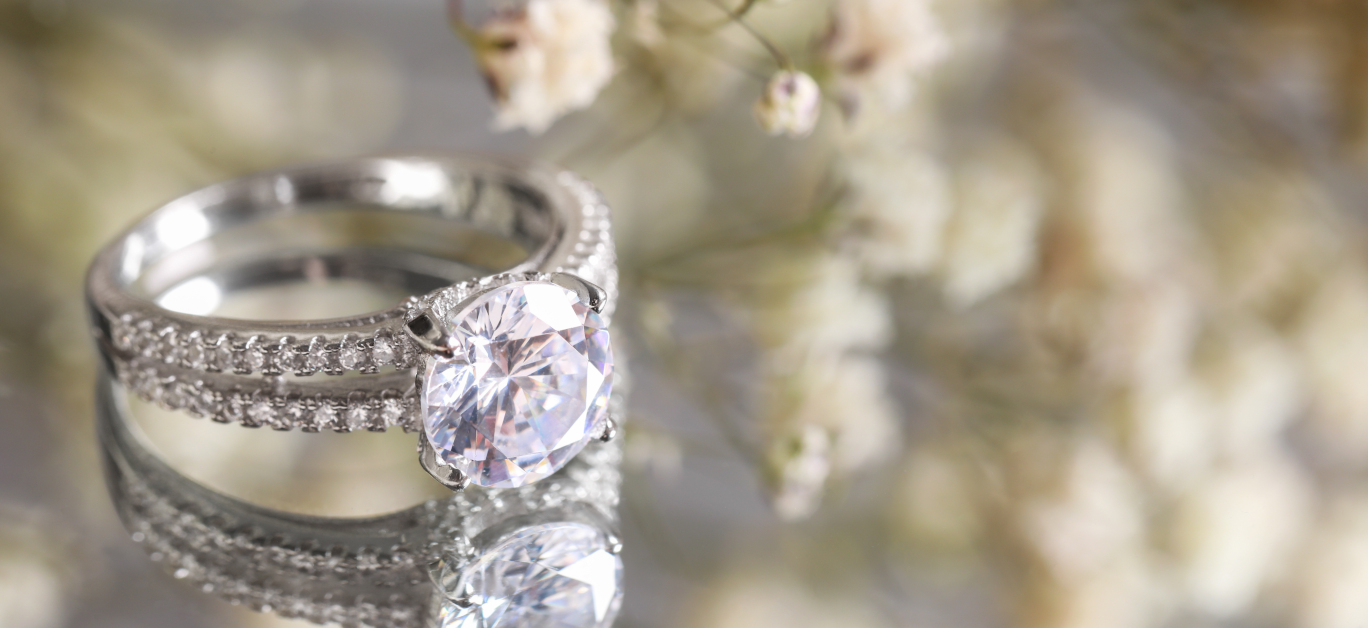If you’ve splashed out on your own diamond jewellery – after all, you’re worth it – then you’re likely familiar with the concept of the four Cs, each of which are important considerations when choosing the perfect stone.
Cut, colour, clarity and carat are all key factors that contribute to the value of loose diamonds for sale, and you’ll likely have had to get to grips with them when shopping for your rings, necklaces and earrings, too – but beyond that, most people know very little about this breath-taking gemstone, which just so happens to be the most prized precious stone on earth.
From where they come from and why they’re so precious to how they were perceived in history, we asked the experts at Diamonds-USA.com to spill the tea on all the things you might not know about this beautiful gemstone.

Where do diamonds come from?
The hardest natural stone on earth, this also makes diamonds incredibly durable, which is one of the reasons they hold their value so well. It’s hard to believe that they are formed naturally thanks to volcanic activity, but this is indeed the case, as extreme pressure and temperature beneath the Earth’s crust are responsible for their creation. Although they can be found in many corners of the globe, diamonds are most commonly sourced from South Africa, Canada and Russia.
That hasn’t always been the case, however. Back in the 1400s, it was in fact India that was the original source of diamonds, but as supplies declined in the 1700s attention moved to Brazil. Later, in the 1800s, an enormous reserve was unearthed in South Africa, which continues to be a major source until today.
Why are diamonds so precious?
As well as their impressive durability, diamonds are known for their stunning brilliance. They’re also incredibly scratch resistant, which means they’re a long term investment that will stand the test of time with ease.

Although your favourite high-end jeweller might appear to have quite the collection of diamonds to present for your choosing, make no mistake; these precious stones are still very rare, and take billions of years to form at a depth of almost 100 miles beneath the ground, with only a small amount of them ever making it to the Earth’s surface during mining – which is why their price tags are often eye-watering.
What are diamonds made of?
Diamonds are made from just a single element, and are comprised of almost 100 per cent carbon atoms, which bond beneath the Earth’s surface in such a way that they combine to create the stones’ beautiful and unique structure. It’s interesting to think that graphite is also made solely from carbon, but it’s the arrangement of the carbon atoms in this process that gives diamonds their unique, beautiful and utterly dazzling appearance and that has made them so beloved.
Why are diamonds the stuff of legends?
Once upon a time, the ancient Greeks and Romans were of the belief that diamonds were splinters from falling stars and/or tears from the gods – so at that time, they were considered even more precious than they are today. Romans were convinced that the tip of Cupid’s arrow was a diamond, too, thus cementing an early association between diamonds and romance that remains present today. The name ‘diamond’ actually comes from the Greek word ‘adamas’, which is defined as ‘indestructible’ – which we think you’ll agree is rather fitting.

The ancient Greeks and Romans weren’t the only ones in awe of diamond in history, and many ancient cultures saw them as a symbol of strength and courage that enhanced both qualities in the wearer, which is why they were sometimes worn by knights heading into battle. In the Middle Ages, it was thought diamonds also had the power to heal a host of physical ailments as well as mental illnesses.
What was the largest diamond ever discovered?
The impressive Cullinan diamond is the largest to have ever been discovered thus far, weighing in at an impressive 3,106 carats (621.2 g). It was gifted to King Edward back in 1995 before later being cut into nine larger diamonds and a further 100 small ones. Three of the biggest are now part of the famous Crown Jewels, which are still exhibited in the Tower of London now.






















